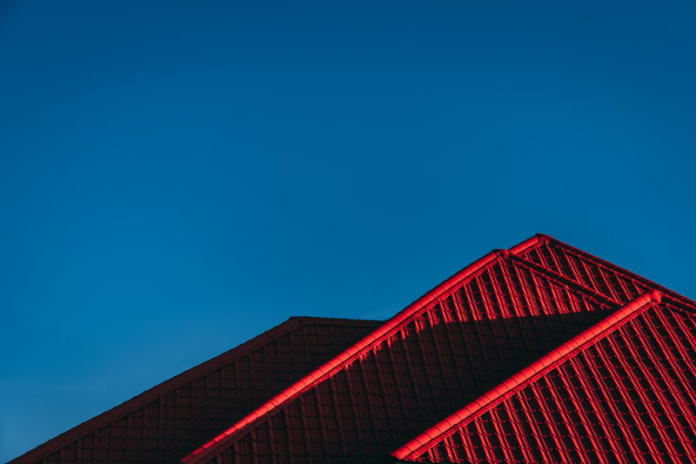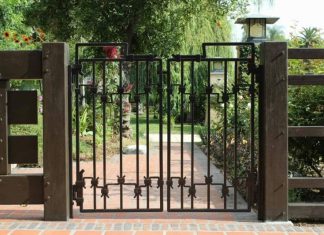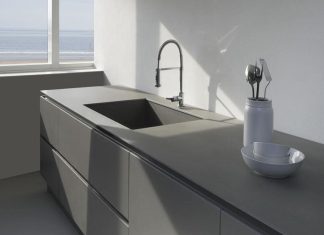The roof is an essential component of a home’s exterior, which protects your interior from elements like snow, wind, rain, sleet, and searing rays of the sun. Errors during roof repairs, maintenance or installation can result in expensive repairs or even compromise the integrity of the entire structure. In this article, we’ll outline common roofing mistakes.
1. Choosing the wrong materials
Your natural environment and the roof’s slope determine the kind of materials to use on the roof. This is one critical part of your house that DIYers and inexperienced contractors should stay out of, as wrong material choices can have disastrous consequences. Refrain from going for whatever seems cheapest in the market. Always go for high-quality roofing materials to get value for money.
Engage an experienced roofing contractor who can advise on the most appropriate materials for your house. Their expertise should also extend to other exterior components that work hand in hand with the roof, like flashing, siding and gutters. This is to ensure that the structural integrity of the house is well maintained.
2. Skipping water and ice shield
If your house is in an area with a wet climate, your roof should be well insulated against ice dams and water. Get a professional roofing contractor to install water and ice shields in the roof eaves, valleys, chimneys, skylights, and vertical walls to insulate the roof. Without a leak barrier in these vulnerable areas, you risk water damage and leakages on the roof.
3. Improper roofing slope
The slope of your roof determines the type and size of shingles to be used in roofing. Settling for materials that fail to match the roof’s slope makes it susceptible to water penetration due to improper drainage. A ponding issue on the roof due to a roofing slope defect causes damage to the roof and the attic.
4. Improper shingle installation
It is easy to notice an incorrect shingle alignment that results from poor workmanship. It could be that the cutouts were not vertically placed, butted joints not aligned on the horizontal plane, or the shingles were misaligned and wrongly exposed. Improper shingle installation accelerates their wearing out, makes them prevalent to leaking, with roof failure inevitable in the long run.
5. Having inadequate venting
The attic is part of the roof and should be examined thoroughly before embarking on the roofing process. Check the level of humidity and airflow patterns, and adhere to all ventilation codes and manufacturer recommendations. The attic needs to be well ventilated to avoid mold and moisture build-up on the roof, causing damage to the roofing materials.
6. Layering the roof over old materials
It is not recommended to layer a new roof over an existing one or old materials. While it may save you some money, any existing faults in the old materials compromise your new roof. The old roof and structures will continue to decay, leaving the new roof without proper underlayment and support. If you wish to change your roof, always make sure that you remove all the old roofing materials first before installing a new one.
7. Failing to nail down shingles correctly
Roofing shingles require nails to secure them in place. Depending on the roof’s steepness and area, a single shingle will require four to six nails to be properly secured. If you use a few nails, the shingles will be loosely secured. If you fail to drive in the nails properly and leave them sitting too deep or too shallow, you increase the risk of having dents and cracks on the roof. A roof with poor shingle nailing can void the warranty, since it makes the roof vulnerable to weather elements.
Endnote
Roofing is a laborious but simple task. However, failure to use the right quality of materials, the right equipment, and poor workmanship can leave you with unsatisfactory results.















